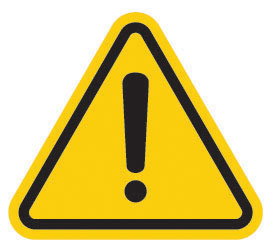End your year by checking out these resources for your practice.
Sentinel event alert for falls
As part of its sentinel event alert “Preventing falls and fall-related injuries in health care facilities,” The Joint Commission has assembled information and multiple resources, including:
- analysis of contributing factors for falls
- evidence-based suggestions for improvement
- Joint Commission requirements relevant to falls
- links to toolkits and protocols
- an infographic on preventing falls.
Falls with serious injury are consistently among the top 10 sentinel events reported to The Joint Commission Sentinel Event Database.
Position statements for NPUAP
The National Pressure Ulcer Advisory Panel publishes several position statements of interest to wound care clinicians, including:
- Hand check method: Is it an effective method to monitor for bottoming out?
- Pressure ulcers with exposed cartilage are stage IV pressure ulcers
- Staging pressure ulcers
- Mucosal pressure ulcers
- Reverse staging.
The statements recap a topic or delineate NPUAP’s opinion on a specific issue.
Patient safety primer on high reliability
The Agency for Healthcare Research and Quality has released a Patient Safety Primer on high reliability. High-reliability organizations operate in complex, high-hazard domains for extended periods without serious accidents or catastrophic failures.
The primer describes characteristics of high reliability and links to resources that can help organizations foster an environment conducive to high reliability.
Civility resources
The American Nurses Association offers resources on incivility, bullying, and workplace violence, including:
- two infographics: “Bullying prevention strategies for nurses” and “Civility best practices for nurses”
- the position statement “Incivility, Bullying, and Workplace Violence”
- links to other resources, such as a National Institute for Occupational Safety and Health training program on occupational violence.
Guideline synthesis on prevention of pressure ulcers
Access a comparison of two guidelines for the prevention of pressure ulcers. The comparison was done by the National Guideline Clearinghouse, part of the Agency for Healthcare Research and Quality.
DISCLAIMER: All clinical recommendations are intended to assist with determining the appropriate wound therapy for the patient. Responsibility for final decisions and actions related to care of specific patients shall remain the obligation of the institution, its staff, and the patients’ attending physicians. Nothing in this information shall be deemed to constitute the providing of medical care or the diagnosis of any medical condition. Individuals should contact their healthcare providers for medical-related information.










